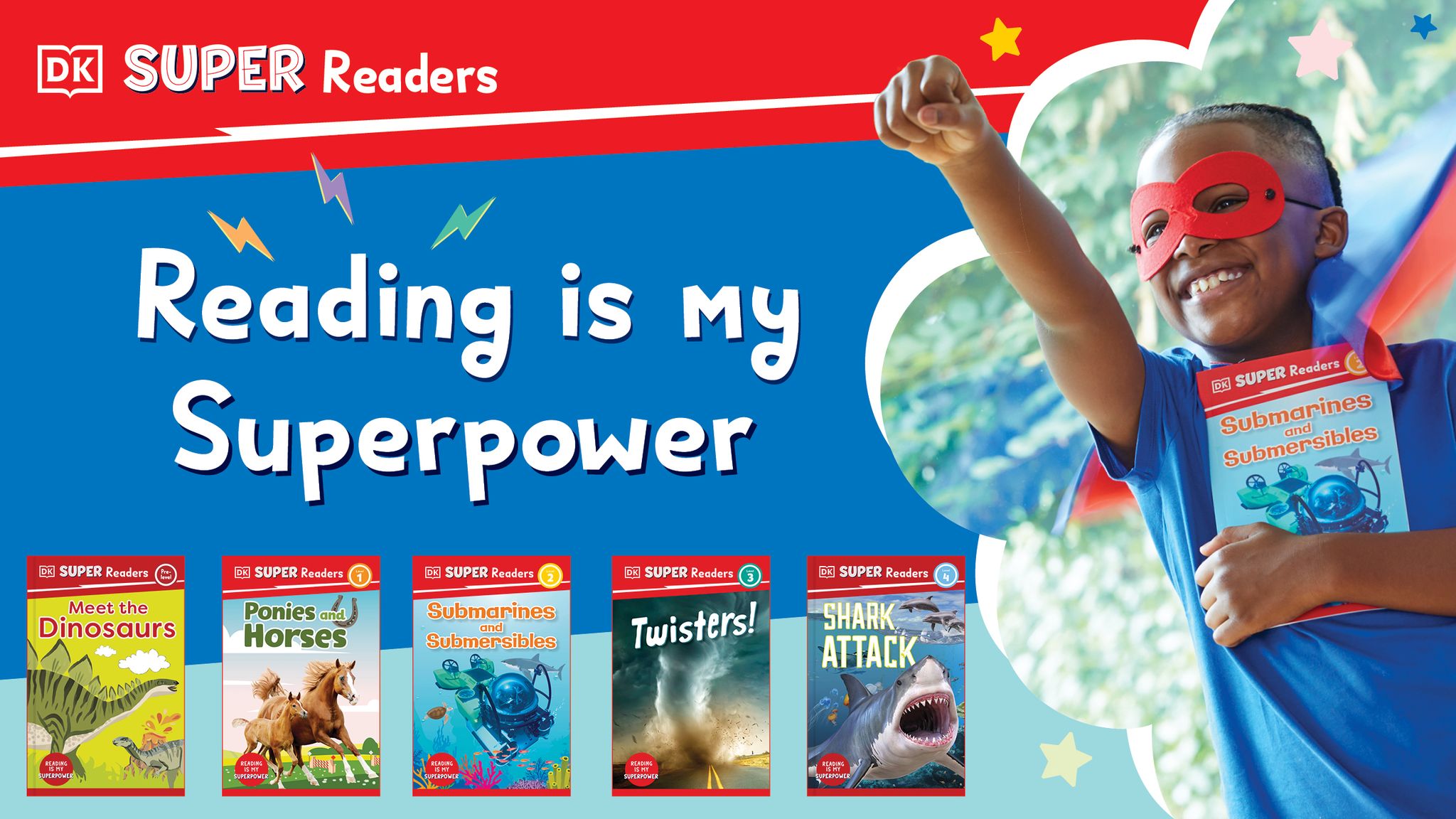The Wilkins Rate of Reading Test
The Wilkins Rate of Reading Test is included, in full, in all three versions (School, Workplace, and Higher Education) of the Crossbow Visual Stress Assessment Pack.
The Test is designed to measure the effects on reading of visuo-perceptual distortions of text, such as apparent movement of the words and letters, blurring and coloured halos. Patients are required to read text that looks like a passage of prose, but consists of random words. The reading is independent of syntactic and semantic constraints but requires all the usual visual and visuo-perceptual processing. It is used primarily to measure the changes and reading ability that result from the use of coloured overlays, lenses, and other treatments that apply a coloured filter to text on a white background. It can be undertaken by dyslexic children or adults who is reading is poor, and is reliable, quick and simple to administer. A complete test is included in the visual stress assessment pack and includes photocopiable record sheets, detailed instructions and test sheets of text.
It is used to compare an individual's performance under one set of visual conditions with that under another. For example, the test might be used to compare the effects on reading with and without coloured overlays. The effects of coloured overlays on reading fluency are reviewed elsewhere.
In the Rate of Reading Test, reading ability is assessed in terms of rate and errors rather than in terms of the difficulty of the words read. All the words are of very high frequency in the English language and should be familiar to children of age 7 and above, as well as adults. The test is not a conventional reading test in which the words become progressively more difficult, and does not express the performance in terms of a 'reading age'.
Multiple versions of the test are available so that the reading of equivalent passages can be assessed under different visual conditions, such as when using overlays of different colours.



